The Science of Human Neurobiology
Introduction
Human neurobiology is a branch of neuroscience that focuses on the biological basis of human behavior and cognition. It explores the intricate structure and function of the human nervous system, with a particular emphasis on the brain and its role in controlling various bodily functions and mental processes.

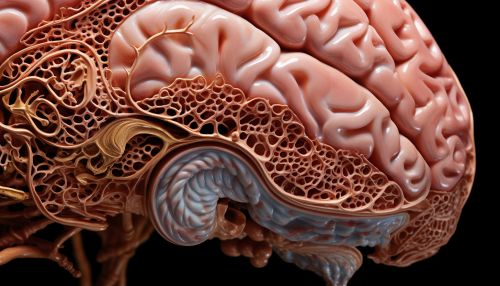
Structure of the Human Nervous System
The human nervous system is divided into two main parts: the central nervous system (CNS) and the peripheral nervous system (PNS). The CNS consists of the brain and spinal cord, while the PNS includes all the nerves that connect the CNS to the rest of the body.
The Central Nervous System
The central nervous system is the control center of the body, processing information received from the peripheral nervous system and coordinating the response.
The Brain
The brain is the most complex organ in the human body, responsible for processing sensory information, controlling motor functions, regulating autonomic functions, and enabling cognitive abilities such as learning, memory, and decision-making.
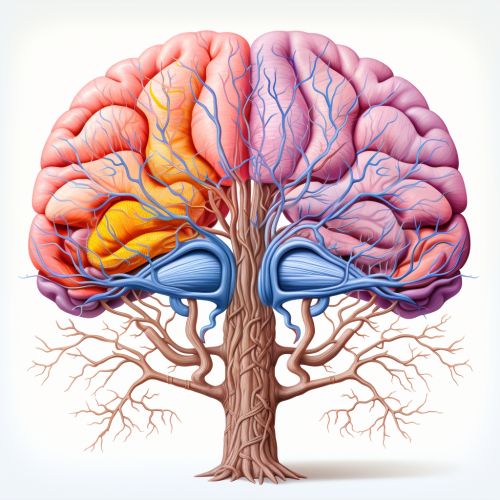
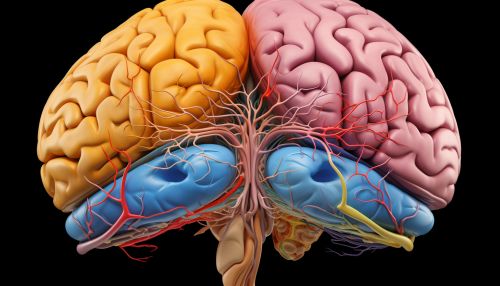
The brain is divided into several regions, each with specific functions:
- The frontal lobe is involved in decision-making, problem-solving, and planning.
- The parietal lobe processes sensory information from various parts of the body.
- The occipital lobe is primarily responsible for vision.
- The temporal lobe is involved in processing auditory information and is also important for memory.
The Spinal Cord
The spinal cord is a long, thin bundle of nervous tissue that extends from the brain down the length of the spine. It serves as a conduit for signals between the brain and the rest of the body, and also controls certain reflexes independently of the brain.

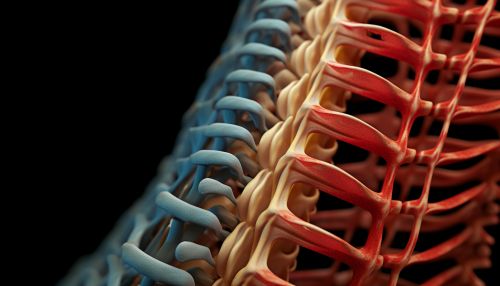
The Peripheral Nervous System
The peripheral nervous system consists of all the nerves outside of the central nervous system. It is further divided into the somatic nervous system, which controls voluntary muscle movements, and the autonomic nervous system, which controls involuntary functions such as heart rate and digestion.
Neurons and Synapses
The basic functional unit of the nervous system is the neuron, a specialized cell designed to transmit information throughout the body. Neurons communicate with each other through structures called synapses, where the electrical signal from one neuron is converted into a chemical signal to stimulate the next neuron.
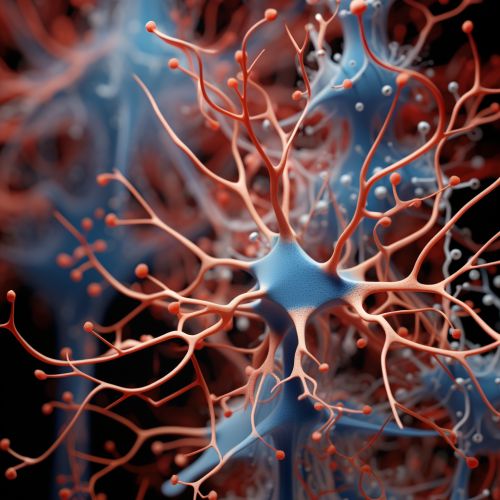
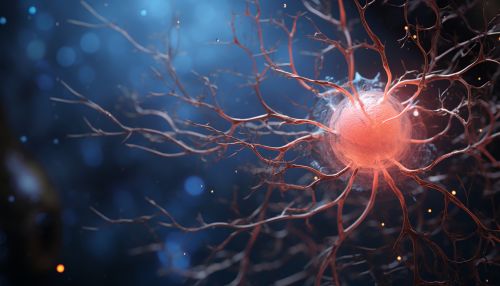
Neurotransmitters and Neuroplasticity
Neurotransmitters are the chemical messengers that transmit signals across a synapse from one neuron to another. They play a crucial role in the communication between neurons and are involved in processes such as mood regulation, appetite, and sleep.
Neuroplasticity, or brain plasticity, refers to the brain's ability to change and adapt in response to experience, learning, and injury. This includes the formation of new neurons, a process known as neurogenesis, and changes in the strength of connections between neurons.
Disorders of the Nervous System
There are many disorders that can affect the nervous system, ranging from neurodegenerative diseases such as Alzheimer's disease and Parkinson's disease to psychiatric disorders such as depression and schizophrenia. Understanding the neurobiology of these conditions is crucial for the development of effective treatments.
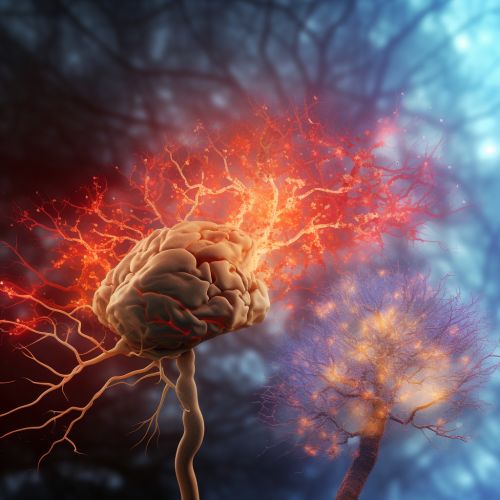
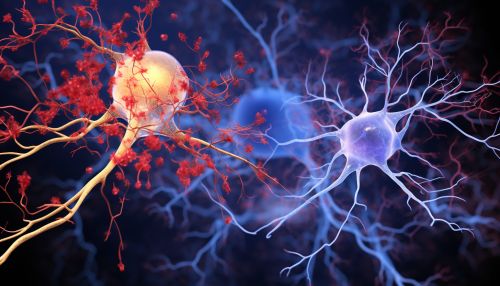
Conclusion
Human neurobiology is a vast and complex field that continues to evolve as new technologies and research methods are developed. By studying the structure and function of the nervous system, neurobiologists are able to gain insights into the biological basis of human behavior and cognition, and apply this knowledge to the treatment of neurological and psychiatric disorders.
